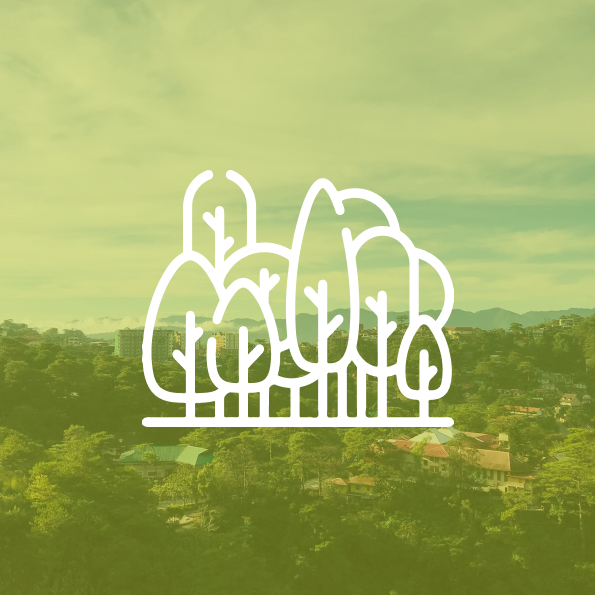
AGFOSY
Agroforestry practices can serve as a zone of transition that helps people and communities “reconnect” with agriculture.
The main reason for implementing this project transnationally was because agroforestry could help achieve the goals of the CAP of the EU. The project consortium was made up of 7 partners from 6 European countries.
The project mainly focused on continental North and Central Europe and it searched for new systems that would fit or help to solve specific East-European heritage of collectivization – large fields, landscapes without trees etc.
Carrying out this project transnationally had a wide range of benefits for all participants and target groups, as it contributed to the exchange of good practices among the different agroforestry systems in different countries.
The main goal of the project was to develop a complex but simultaneously flexible training system for agroforestry, based on the collection of a number of case studies and good agroforestry practices from several countries. Other farmers and peasants could be inspired and learn new practical techniques of planting trees on farmland through those practical examples.
This system provided farmers with knowledge and skills that will assist them in implementing various agroforestry systems into practice.
The primary target group of the project was farmers and peasants. People who want to complete their education and gain new knowledge and skills in this regard and expressed previous significant interest (in undertaken survey) to participate in such a training focused on the issue of agroforestry systems and its implementation on farm.



AGFOSY project has been funded with support from the European Commission, with the reference number 2018-1-CZ01-KA202-048153. The content of this website reflects the views only of the author, and the Commission cannot be held responsible for any use which may be made of the information contained therein.


